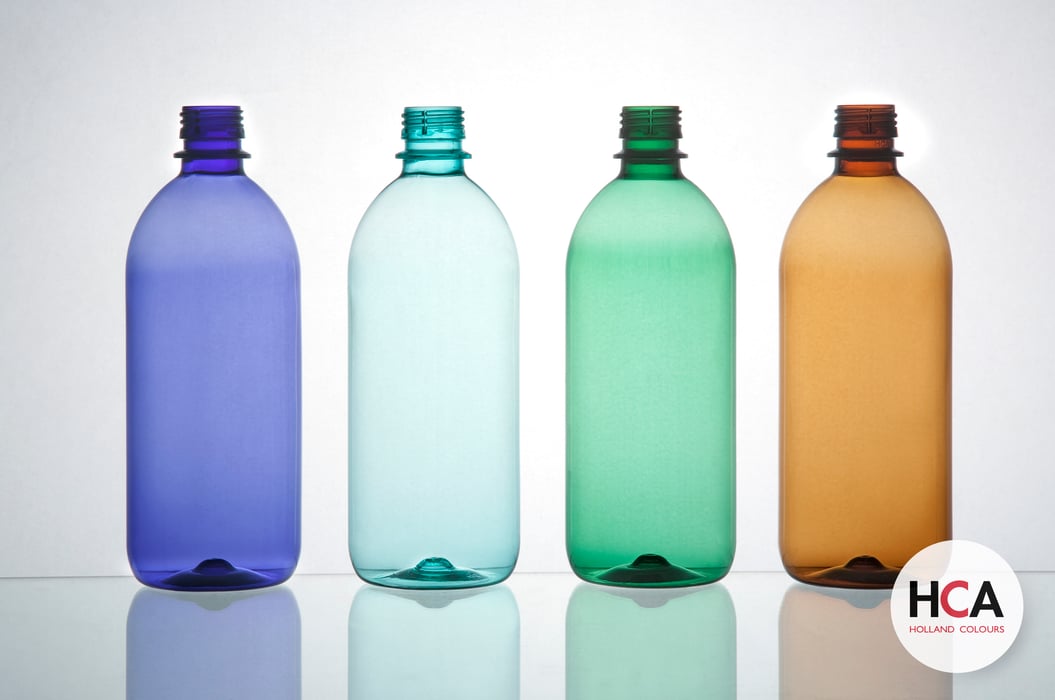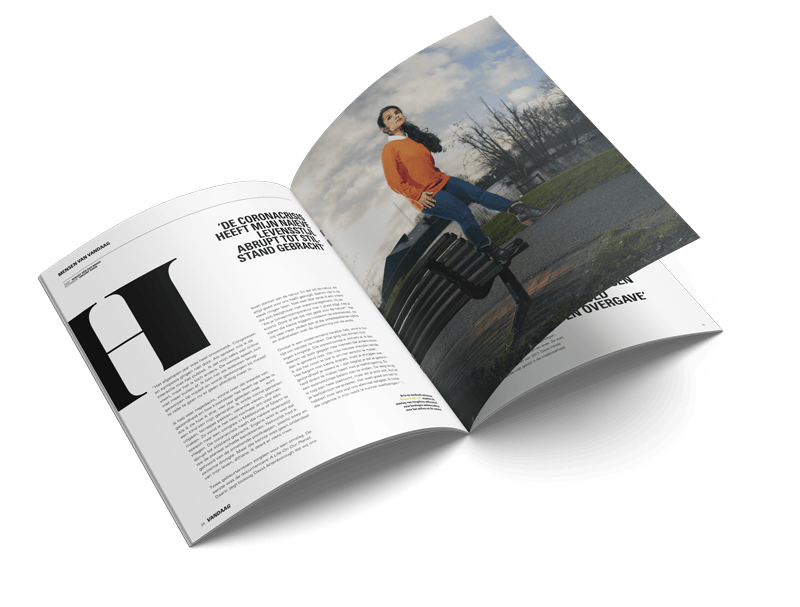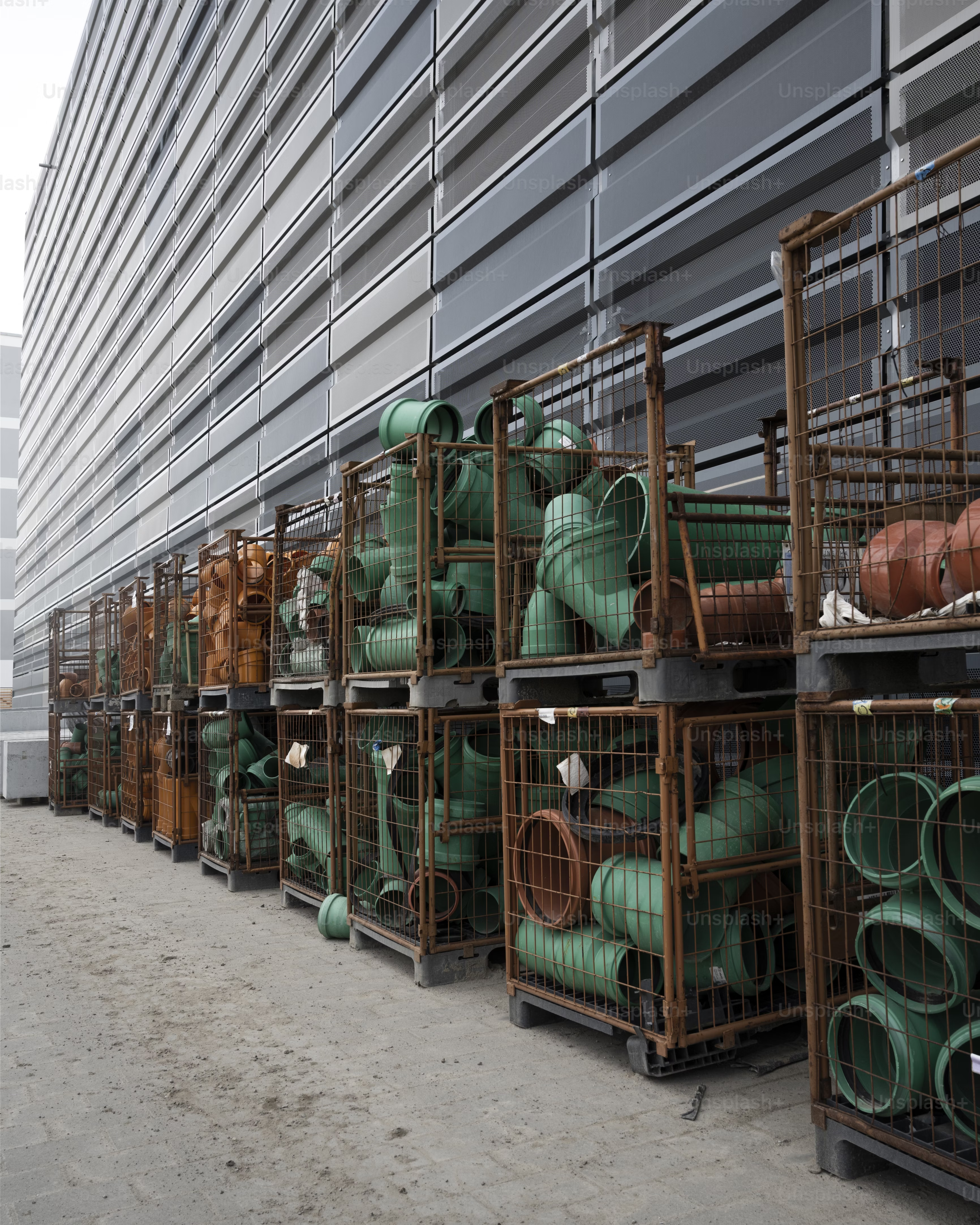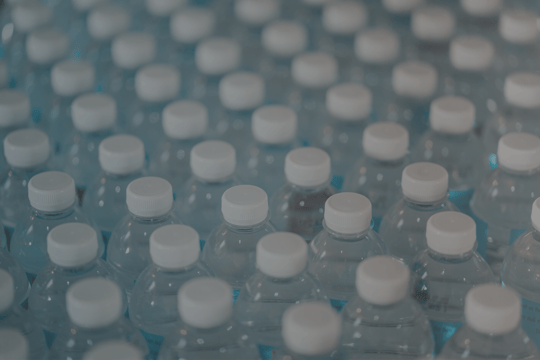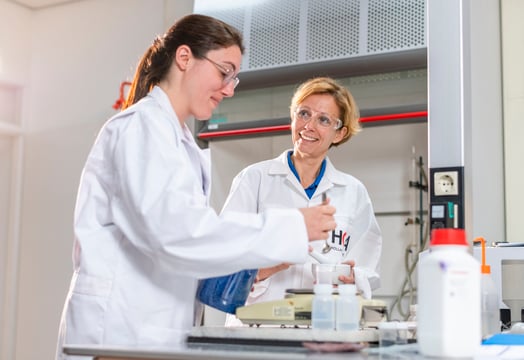Improving the consistency and quality of recycled plastic
One of the biggest challenges facing plastics recyclers is how to turn used plastic, which comes in a rainbow of colors and polymers, into a new product with a consistent color from one production run to the next.
This is where color comes in. It gives the recycled plastic the look and feel manufacturers require. Color can also be used to remove the yellowish haze or mask the creamy tint that is a typical characteristic of recycled plastic chips, while adding pigments creates beautiful, solid-color finishes in the desired shade you want.
But what is the best way is to incorporate these additives and pigments into recycled plastic? One way is to use powders. However, these are messy and hard to dose accurately. A better, safer and cleaner way is to disperse the pigments into so-called ‘carrier’ materials. This results in color concentrates, often referred to as masterbatches.
Masterbatches: low dosing and easy application
Masterbatches have either a petroleum base or are biobased (including natural carriers). Powdered pigments are added to this base to create the masterbatch. This masterbatch is then added to the plastic that is being recycled. A biobased carrier has environmental benefits. The other option is to use masterbatches based on recycled carriers.
Whether wax- or petroleum-based, a masterbatch typically requires a low concentration to get an optimal result because the pigments are pre-dispersed into the carrier material (for coloring).
Biobased masterbatches help improve sustainability
In general masterbatches in a biobased carrier and those based on recycled carriers are your best options. These two choices enable you to keep your recycled material content as ‘high’ as possible, in comparison to petroleum based masterbatches.
Given the trend in the plastics industry towards lighter weight materials and higher recycled content, masterbatch technology is set to play an increasing role in the industry’s drive for improved sustainability- even more so for masterbatches based on a natural carrier or recycled content.
Would you like to see how one of the largest cleanups in history is turning trash into treasure? How do they deal with the challenges around coloring? Please click here to view the journey that The Ocean Cleanup team is taking.
